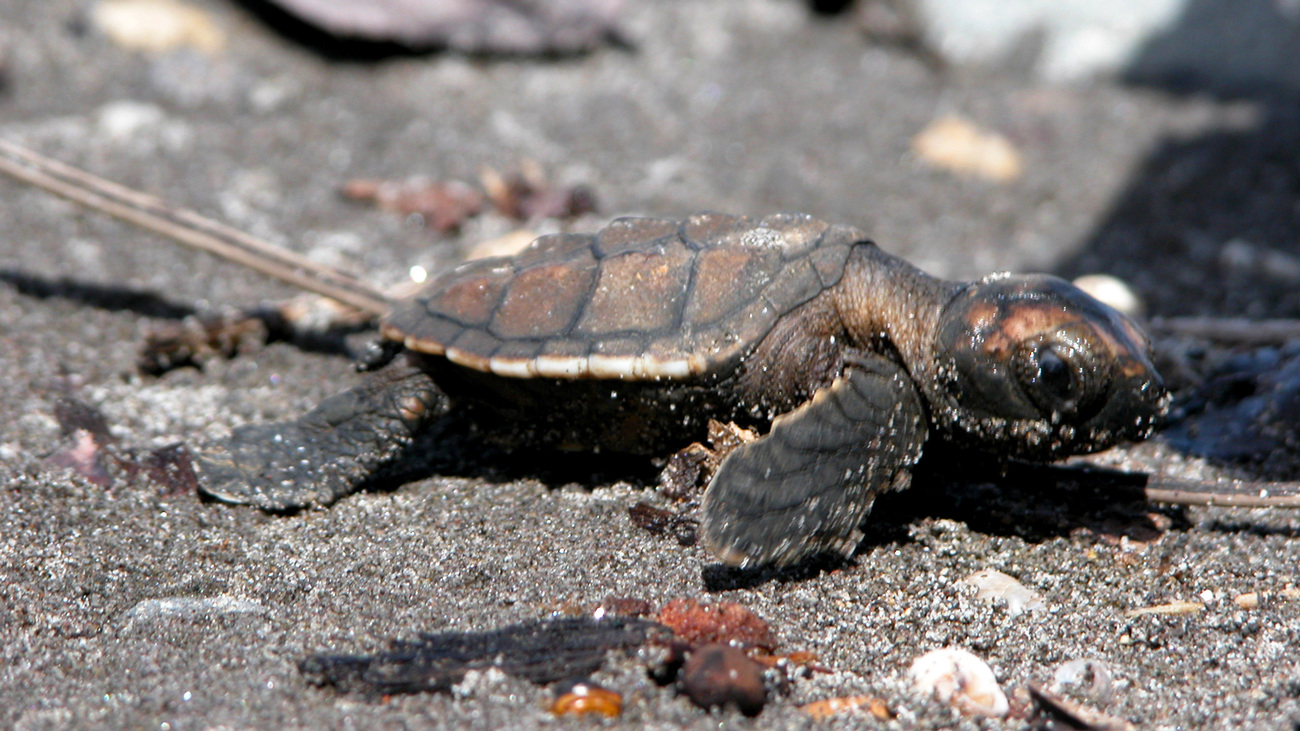Sea turtles
Sea turtles are famous and beloved icons of the ocean, depicted as old, wise, and peaceful in many stories. The old part is certainly true, as sea turtles are known to live upwards of a hundred years.
There are seven species of sea turtles, and with one exception, they can be found in every temperate ocean in the world. But since they are reptiles, they can’t venture too close to the Arctic or Antarctic, because they can’t maintain their body temperatures in colder waters.
Sea turtles are slow creatures, floating through the ocean at a steady pace. They are omnivores and eat almost anything that’s easy to catch, using their strong jaws and sharp beaks to crush food. All species of sea turtle have similar reproduction habits, which involve the female journeying back to the same beach each nesting season to lay her eggs.
Sea turtles play a vital role in maintaining the health of marine habitats, helping to protect the delicate balance between different species. As turtles are omnivores, they help regulate the numbers of both plant life and prey animals, ensuring no one species outcompetes the rest. By travelling from land to the ocean and back, they also carry important nutrients between land and marine ecosystems, helping sustain many kinds of life.
What is a sea turtle’s scientific name?
Sea turtles are split into two families, Dermochelyidae and Cheloniidae. The leatherback turtle belongs to the Dermochelyidae family, while the other six turtle species belong to the Cheloniidae family.
Each species also has its own scientific name:
- Leatherback turtle - Dermochelys coriacea
- Loggerhead turtle - Caretta caretta
- Kemp’s ridley turtle - Lepidochelys kempii
- Green sea turtle - Chelonia mydas
- Olive ridley turtle - Lepidochelys olivacea
- Hawksbill turtle - Eretmochelys imbricata
- Flatback turtle - Natator depressus
Are sea turtles endangered?
According to the IUCN Red List, the leatherback, loggerhead, and olive ridley turtles are all vulnerable, the green turtle is endangered, and the Kemp’s ridley and hawksbill turtles are critically endangered. The flatback turtle hasn’t been issued an official status because there isn’t enough data to determine the health of its population.
Because sea turtles live all over the world, they face a large range of threats that vary in severity based on the region and circumstances. These threats include hunting, bycatch, pollution, habitat loss, and climate change.
Where do sea turtles live?
Six out of seven sea turtle species can be found in every ocean except the Arctic and Antarctic. The flatback sea turtle lives only in the waters surrounding Australia, using the beaches and coasts to breed and lay eggs.
Threats
Sea turtles are currently threatened by a range of factors, many of which are connected to human activity and its consequences on the health of the world’s oceans. These include hunting and bycatch, as well as pollution and climate change.
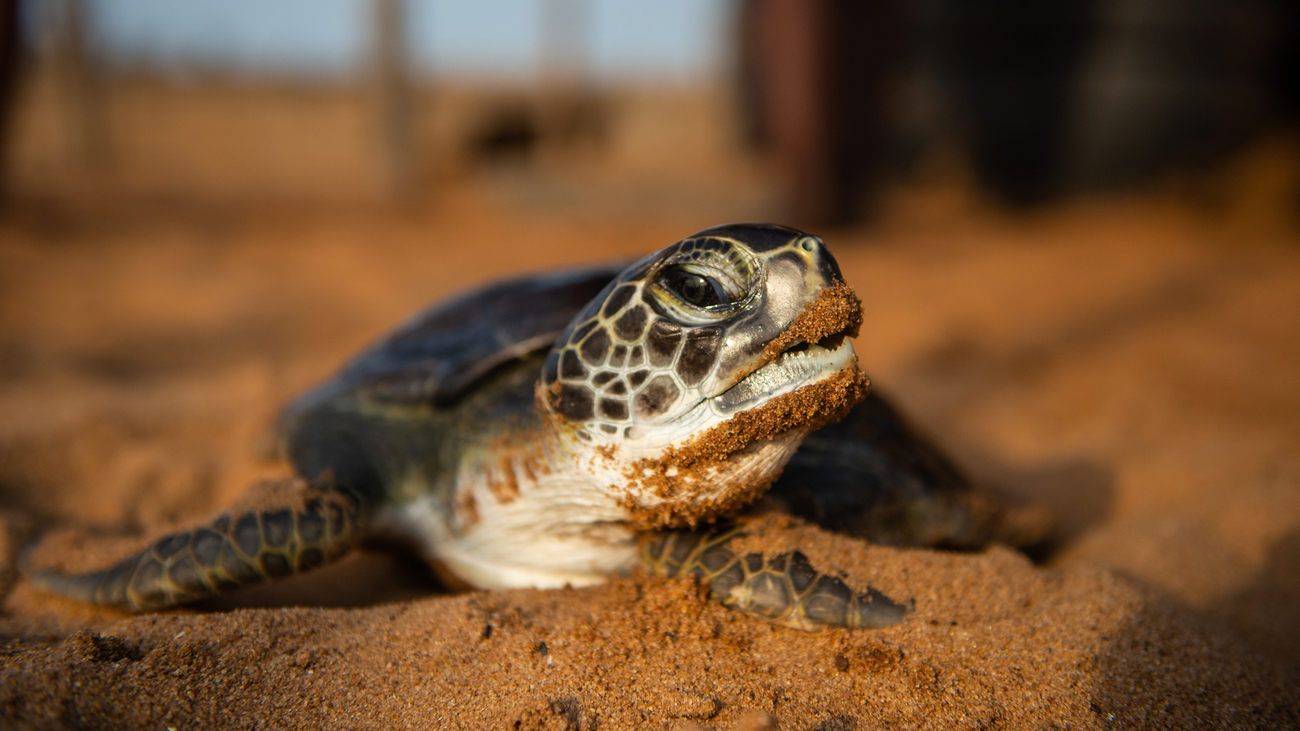
Hunting
Turtles have been hunted for thousands of years for their meat and eggs, but the recent increase in demand for these so-called ‘delicacies’ sold as aphrodisiacs has made sea turtles an unsustainable food source. Turtles are also hunted for their shells, which are used to make accessories and decorations that are sold all over the world.
Increased hunting is particularly damaging to sea turtle populations because these animals take two to three decades to become sexually mature. It can take up to 30 years for a female hatchling to replace a mature female and start producing eggs of her own. If those eggs are then collected and sold by egg hunters, sea turtle populations will continue to decline.
Bycatch
Bycatch is another cause of sea turtle population decline. Because they gather in the same areas as fish, sea turtles often get caught in shrimp trawls, gill nets, and longline fish gear. These entanglements prevent them from travelling to the surface for air, often causing them to drown. If they do manage to escape, the injuries caused by these trawls and nets can be fatal.
Though scientists are unsure why, loggerheads and leatherback turtles are drawn to long lines and often fall victim to fishing hooks (more so than other sea turtle species), which get stuck in their jaws, throats, or stomachs, causing fatal injuries.
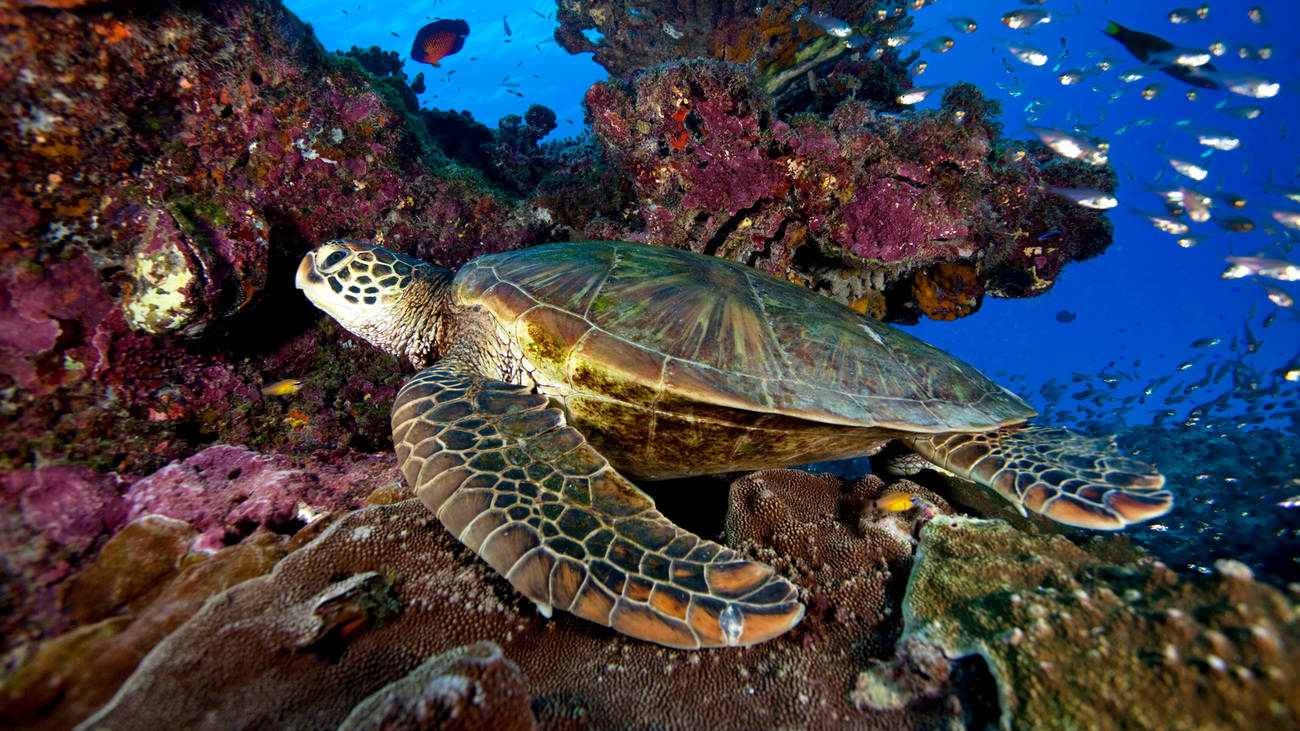
Pollution
Ocean pollution directly affects sea turtles too, particularly the 5.25 trillion particles of plastic floating in the water. Turtles often mistake this plastic for food and ingest it, which can damage their stomachs and be fatal. They also often get entangled in the debris, suffering injuries that can prevent them from swimming properly and cause drowning.
Learn more about how plastic pollution ends up in the ocean.
Habitat loss
Sea turtles rely on beaches as nesting grounds, typically travelling up the sand to areas outside of the tide’s range so they can safely lay their eggs where they won’t be washed away before they hatch.
When these areas are impacted by human development, however, with infrastructure set up to protect the beach from erosion or the construction of recreational buildings, females can no longer travel up the beach and nest in safe areas. Eggs are consequently much more likely to be carried out to sea.
The addition of artificial lights around these beaches also presents a problem for new hatchlings. Because they hatch at night and instinctively know to head for the ocean, newly hatched sea turtles typically follow the moonlight reflecting off the ocean to find their way. However, if man-made lights are brighter than the moon, hatchings head towards these developed areas instead. These sea turtles don’t survive.
Climate change
Climate change is a future threat to sea turtles, but it’s impossible to know exactly what the effects will be. Marine ecosystems are so complex that even a small change that only directly affects one species can create a chain reaction that damages the entire ecosystem.
While we wait to see what the future will hold, scientists today are concerned about rising sea temperatures, as water temperature determines the sex of turtles. Warmer temperatures lead to more females and fewer males, hindering their reproduction.
FAQs
What do sea turtles eat?
All species of sea turtles are omnivores and eat a range of different foods, including fish eggs, molluscs, crustaceans, algae, seagrasses, seaweed, squid, sea sponges, shrimp, corals, barnacles, sea cucumbers, sand dollars, and many more. The only exceptions are green sea turtles, which, though they do go through an omnivorous stage when they’re young, eat a herbivorous (or plant-based) diet when they reach adulthood.
Do sea turtles eat jellyfish?
All species of sea turtle eat jellyfish, including the green sea turtle during its omnivorous juvenile stage. Out of all the species, leatherback turtles eat the most jellyfish.
How long do sea turtles live?
The average natural lifespan for a turtle is between 50 and 100 years. However, only one in a thousand hatchlings typically reach sexual maturity.
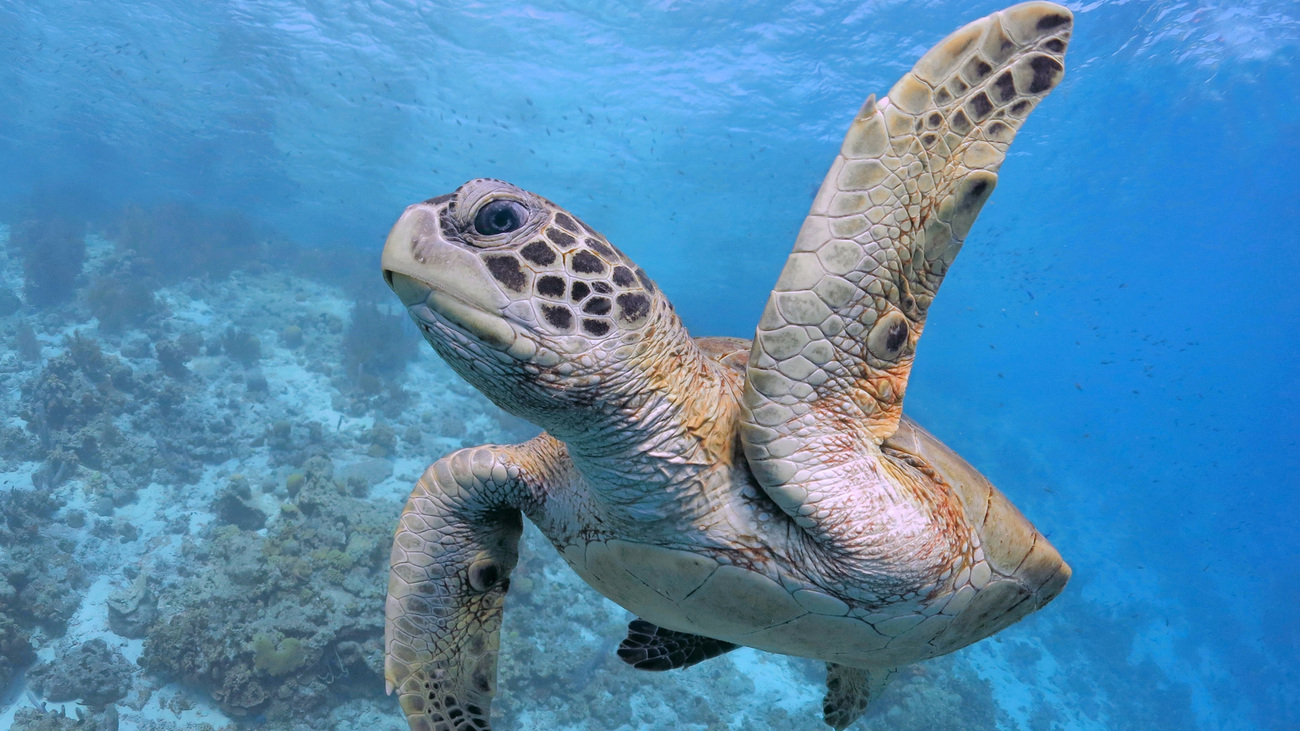
How old is the oldest sea turtle?
It’s difficult to verify the ages of turtles, but there are multiple examples of sea turtles living for over one hundred years. According to the Guinness Book of World Records, the oldest known sea turtle is estimated to have lived for 400 years, but this wasn’t officially documented.
How long can sea turtles hold their breath?
When sea turtles swim, hunt, and eat, they generally float to the surface for air every few minutes. When resting, however, they slow their heart rate to one beat per nine minutes and hold their breath for multiple hours, allowing them to sleep underwater.
When do sea turtles hatch?
Sea turtle eggs develop for around two months before they’re ready to hatch.
The temperature of each egg during this process determines the sex of the young—warmer temperatures create females and cooler temperatures create males. If a whole nest is kept at the same temperature, it can produce all males or all females, but often the temperatures of the eggs at the top of the nest varies enough from those at the bottom for both sexes to develop.
How many eggs do sea turtles lay?
The exact number of eggs laid varies by species but the overall average is about 110 eggs per nest, and a female can create anywhere between two to eight separate nests during the nesting process. This results in as many as 880 eggs per turtle per nesting year.
How big can sea turtles get?
Although the different species of sea turtles have a lot in common, their sizes vary drastically. The smallest species are the olive and Kemp’s ridley turtles which usually grow to between 58 and 78 centimetres. They are the only two species that don’t reach a full metre in length. The hawksbill and flatback sea turtles have an average length of 90 to 100 centimetres, and the loggerhead and green sea turtles have an average length of 90 to 120 centimetres. The leatherback sea turtle is by far the largest, ranging between 1.6 and 2.4 metres in length.
How much do sea turtles weigh?
Leatherback turtles are the largest species of sea turtle and can weigh around 910 kilograms—almost one tonne. Green sea turtles are the heaviest hard-shelled species, weighing as much as 158 kilograms.
How do sea turtles sleep?
Although sea turtles do need to surface to breathe, they can hold their breath for between four and seven hours. This means they can sleep underwater for that same length of time before they need to come up for air. They also sleep on land during mating and egg-laying seasons. Overall, sea turtles sleep for as many as 11 hours a day with breathing breaks throughout.
Are sea turtles reptiles?
Sea turtles are reptiles that have adapted to spending most of their lives in the ocean. For example, they have large glands near their eyes which release the salt they absorb from seawater, which would otherwise be lethal.
Are sea turtles mammals?
Sea turtles are reptiles, meaning they breathe air and lay their eggs on land. Once the eggs hatch, baby sea turtles head straight for the sea and don’t require any nurturing from their mothers.
Do sea turtles have teeth?
No sea turtle species have teeth. Instead, they have sharp beaks and strong jaws to help them crush their food. They also have rough papillae in their throats to stop food from slipping out of their mouths.
Interestingly, although modern sea turtle species are toothless, most of their ancestors had teeth, including the Eunotosaurus africanus, which lived around 260 million years ago.
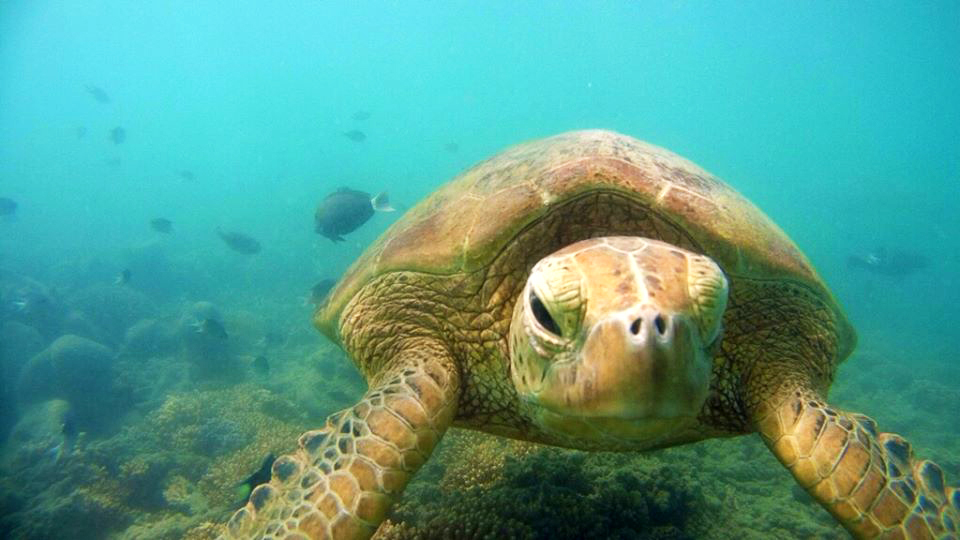
How fast can a sea turtle swim?
Sea turtles don’t usually swim quickly. They feed on plants and slow-moving prey, so they mostly cruise around at 1.4 to 9.3 kilometres per hour.
They only swim faster if they’re frightened or being hunted. In these situations, they can reach speeds of up to 35 kilometres per hour.
Why are sea turtles important?
Sea turtles help maintain the balance in the marine ecosystems in which they live and have been doing so for more than 100 million years. They carry essential nutrients from deep in the oceans to beaches and coastal dunes, helping plant species grow and thrive.
Their feeding habits are also important. Hawksbill turtles, for example, eat sea sponges and keep them from out-competing corals, while leatherback turtles eat jellyfish and protect fish stocks, benefitting other animals who feed on fish.
Are sea turtles endangered?
Unfortunately, most species of turtle are either vulnerable or endangered. Although the flatback turtle isn’t officially endangered, it may still be at risk—there just isn’t enough data to make an official assessment.
Sea turtle populations are affected by a range of factors, including human hunting and fishing practices. Climate change and pollution also pose threats to the health and habitat of sea turtles.
Our work
There are seven different species of sea or marine turtles across the world—loggerhead, hawksbill, olive ridley, leatherback, flatback, green, and Kemp’s ridley. They live in almost every ocean throughout the world and nest on tropical and subtropical beaches. To feed, they migrate long distances and often cross entire oceans, but they almost always return to the same beach to nest and lay their eggs. On land, once sea turtles hatch, their eggshells act as fertiliser that preserves sand dunes and prevents coastal erosion.
IFAW works with partners on the ground, including the Australian Seabird Rescue, in their efforts to rescue, rehabilitate, and release sea turtles back into the ocean. We have provided critical resources including turtle tubs, heaters, and scales to assist with rehabilitation and care and to help give injured or sick sea turtles the best chance of survival.
In Mexico, 6 out of the 7 marine turtle species nest, IFAW is working with Mayan fishermen communities to promote coexistence between their domestic animals and endangered species. IFAW improves domestic animals’ health by vaccinating, deworming and sterilising them, and we also work to provide pens to prevent dog interactions with marine turtles. Keeping dogs in their pens during the evenings and nights is the most effective way to prevent dog predation on turtles’ nests and on adult turtles while nesting.
In coastal Kenya, IFAW is working to reduce pressures on marine species and ecosystems and increase effective protection measures. Our work focuses on population studies of sea turtles and other key species, conservation and rescue training of key government personnel and community members, and decreasing turtle entanglements and ingestion through improved waste management.
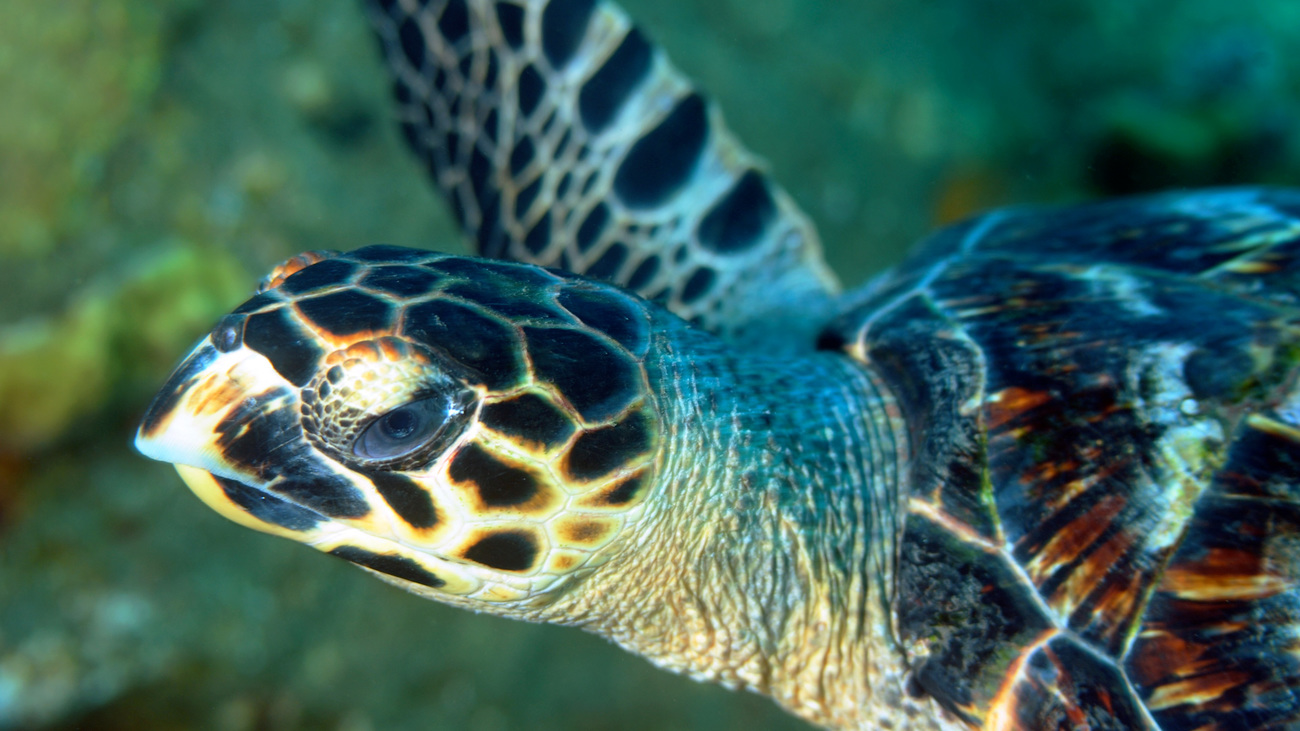
How can you help?
As a consumer, you can help to reduce your plastic consumption, limiting the amount of plastic that could end up in the ocean and impact sea turtles. However, the most significant changes will only come from policies that protect the ocean and the species living in its water.
